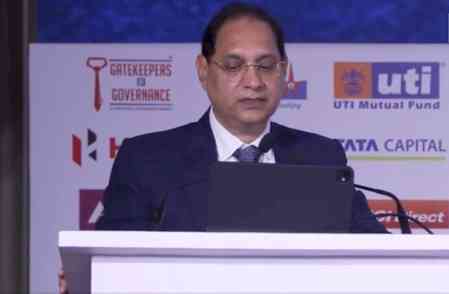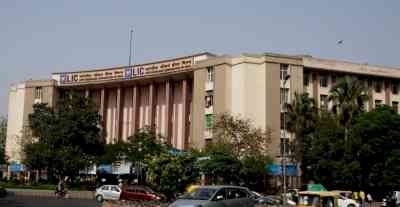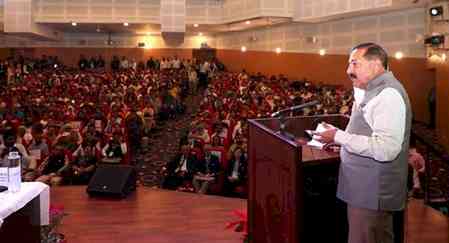Quote on MSP for kharif crops by Pushan Sharma, Director - Research, CRISIL Market Intelligence and Analytics

"The increase of 7-8% on average in minimum support prices (MSPs) for kharif crops announced by the government for marketing season 2023-24 augurs well for rural India.
That is well over the increase of 5-6% last year and 4-5% on average in the last three years.
Crops such as paddy, cotton and, to a limited extent, pulses get procured at MSP.
However, not all crops benefit from it, leave alone equally. While around 45% of the paddy produced is procured at MSP, it is ~25% in case of cotton and only 1-3% in case of pulses.
Also, the procurement is concentrated in only a few states — in Punjab, Haryana, western Uttar Pradesh, Chhattisgarh, and Telangana for paddy, in Telangana and Maharashtra for cotton, and in Maharashtra and Karnataka for pulses.
Among pulses, the highest increase in MSP announced is ~10% for moong, at Rs 8,558/quintal, which is 14-15% higher than the average mandi price in marketing year (MY) 2022-23. This bodes well for farmers in Karnataka and Rajasthan, which accounted for ~99% of the procurement last kharif season.
Other pulses such as tur and urad have witnessed a 5-6% increase in MSP.
Paddy, which has ~50% share in total kharif crop output, has witnessed ~7% increase in MSP, at Rs 2,183/quintal, which is 7-8% higher than the average mandi price of MY 2022-23.
This indicates the government’s intention to boost the stock. As of May 2023, unmilled paddy and rice stocks with the Food Corporation of India were ~15% and ~20% lower on-year, respectively. In addition, wheat procurement for rabi MY 2023-24 is behind by ~24% from the government’s target.
In case of cotton, though the MSP has increased by ~9% on year, the average mandi prices are 14-15% higher than the MSP. Thus, farmers may not be inclined to sell at MSP. This has been the case for the past two years and, consequently, cotton procurement at MSP has been negligent. However, anticipating higher production in cotton for MY 2023-24, if mandi prices witness a decline, this higher MSP will bode well for farmer income in Maharashtra, Telangana, and Gujarat, which are key cotton-producing states.
That said, the prices for crops post-harvest in October remain a key monitorable and will depend on how south-west monsoon pans out. Monsoon this year is already delayed, and its spatial and temporal distribution remains a critical aspect to monitor.”


 City Air News
City Air News 










